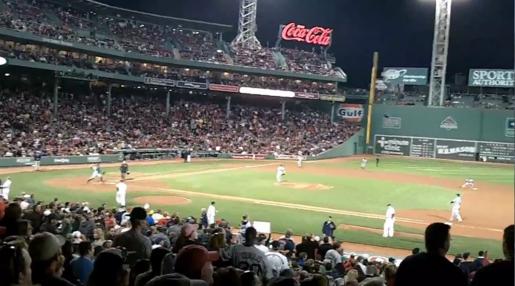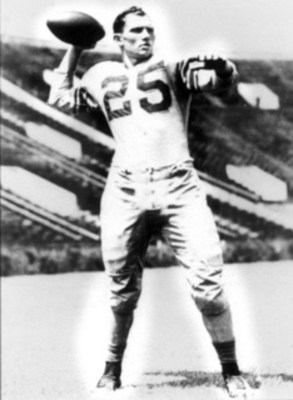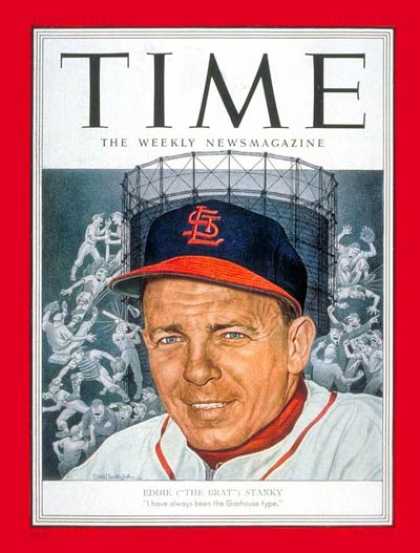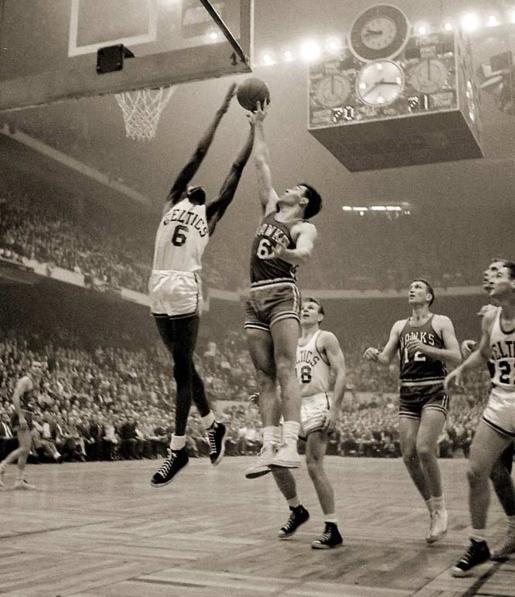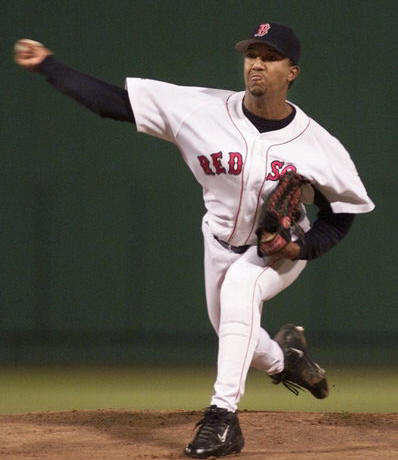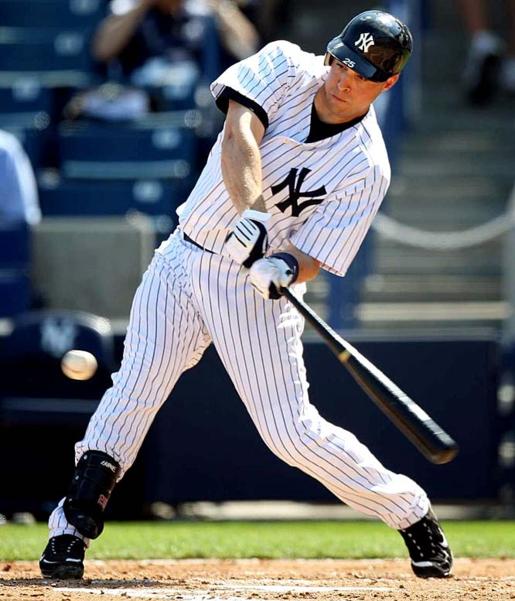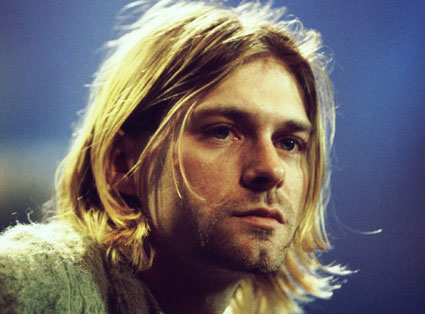Here is the latest in a series of examinations into urban legends about the Olympics and Olympians and whether they are true or false. Click here to view an archive of the Olympic urban legends featured so far.
OLYMPIC URBAN LEGEND: The current distance for the Olympic marathon was based on where Queen Alexandra was sitting at the 1908 Summer Olympics.
While over the years it has been passed in popularity by sports like gymnastics and basketball, the marathon used to be one of the marquee events of the Summer Olympics. Its past popularity gave rise to a tradition that is still done at the Summer Olympics to this day, which is to have the marathon as the last event of the games, with the finishing point of the marathon being in the main stadium for that year’s games. Sometimes the finish is even worked into the closing ceremonies! This tradition is what appears to have led (indirectly) to the current distance of the Olympic marathon, with a little help from the British Royal Family, as well.
The marathon race gets its name from the legend of the Greek messenger, Pheidippides, who, in 490 BC, ran from the city of Marathon all the way to Athens to deliver the message that the Greeks were victorious against the Persians in the Battle of Marathon. Whether it happened or not, the legend was cemented into popular folklore, especially in the late 19th Century when the famed poet Robert Browning wrote a poem about the journey (which ended with Pheidippides collapsing dead after delivering his message). Due to Mount Penteli standing between the two cities, there are two routes from Marathon to Athens, a shorter one with a very difficult climb that goes to the north of the mountain and a longer one that is, however, on flat land to the south of the mountain. The second route is typically what most folks presume that Pheidippides used on his journey, and that distance is roughly 26 miles.
So from the beginning of the Modern Olympics in 1896, 26 miles was the basic length of the marathon. A specific length, however, was not determined, mostly because the main object of the race is to force everyone to run a really long distance, and whether you run 25 miles, 25 and 1/2 miles or 26 miles, the end result is that you ran a really long distance, and so long as everyone is running the same distance, the goal of the race is achieved.
In fact, from the first Modern Olympics through 1920, a span of seven Olympics, a total of SIX different distances were used in the marathon! In 1896 and 1904, the distance was 24.85 miles, in 1900 25.02 miles, in 1906 26.01 miles, 1908 26.22 miles, 1912 24.98 miles and in 1920, 26.56 miles.
In 1921, the International Association of Athletics Federations (IAAF) decided to settle on an official distance for the marathon, and ever since then, the 1908 distance of 26.22 miles (or more specifically, 26 miles and 385 yards) has been the official distance for the marathon in all competitions, including the Summer Olympics.
But why 26 miles and 385 yards?
Read the rest of this entry »

